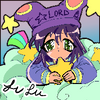Y2K is Here to Stay; How Newly Nostalgic Aesthetics are Inspiring us Even Today
How creatives are returning to the nostalgic trends of the Y2K era to create a hopeful vision of the future full of self-expression and positivity.
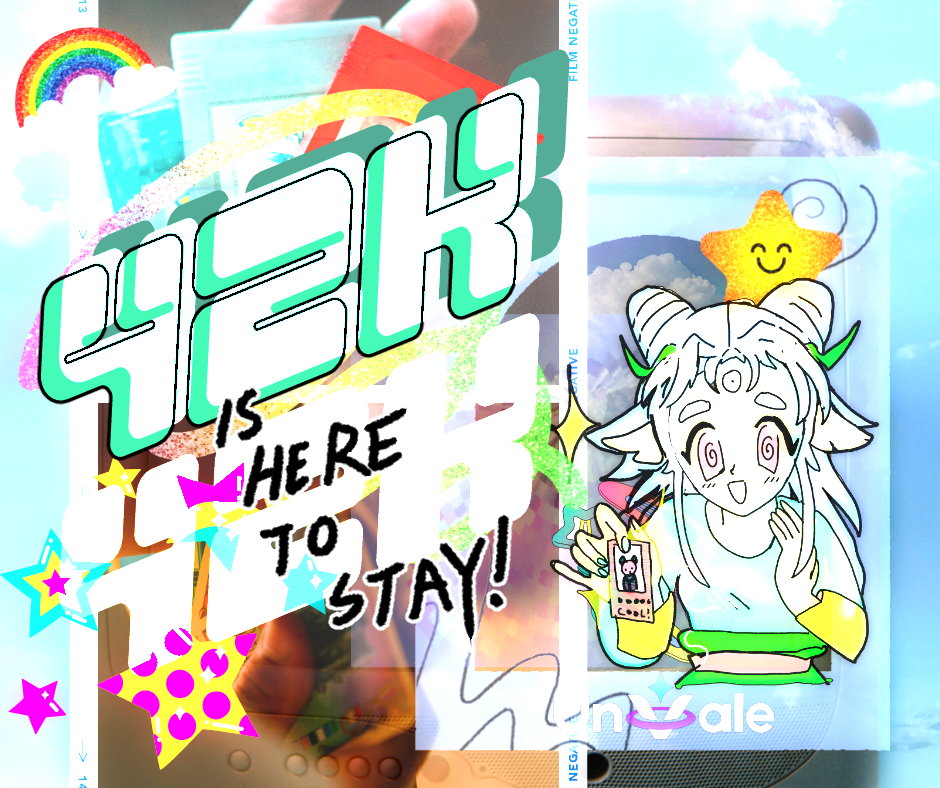
Let's face it; We live in chaotic times. To deal with the overwhelming stress of our modern world, people often look to the past for inspiration and comfort. There is no better evidence of this than the recent resurgence of the bubbly Y2K aesthetic and its nostalgic culture. Trading cards are selling out before hitting shelves, anime is huge, and familiar fads like Tamagotchi's are commonplace again in this neo-Y2K reality. We continually revisit recent trends because they keep reminding us that the world can be different, be better.
To create a hopeful vision of the future against the backdrop of uncertainty, artists are turning to the nostalgic trends of the Y2K era—building positive associations with the past that are uniquely their own.
What is Y2K and the Y2K aesthetic?
Exactly what "Y2K" is, seems to be a bit hard to nail down. One of the best sources we could find on the topic was the Y2K Aesthetic Institute, a team dedicated to "curating late 90s-2003 futurism" who regularly posts scans of graphics featuring the style online.
Please keep Terrell Davis @terrellllllll in your memory. He is the OG neo-Y2K artist and we wouldn’t be here without him. He was an admin of the Facebook groups, and an early CARI member. He was an incredibly humble person.
— Y2K Aesthetic Institute 💽 BLM (@y2k_aesthetic) January 2, 2021
He will forever be a legend.
Rest in Power, 1998-2020 pic.twitter.com/Rcgnr0UNjx
They showcase important elements of the Y2K Aesthetic on their account and work hard to source Y2K materials from all around the world.
The Y2K aesthetic involves creatively experimenting with technology and taking science fantasy to new heights. It features bold colors and organic shapes, and strong themes of futurism and self-expression.
💙❤️#Huion pic.twitter.com/Re45KKKj8L
— 돌만🚀 (@dolman4878) August 25, 2022
Artists can use nature-inspired vectors, translucent effects, and lots of color to highlight how they feel about their world. The futuristic themes of newer technologies, like that drawing tablet in the image above, mix with nostalgic colors and kawaii creatures to create an inviting and familiar scene.
The name of Y2K, specifically, can be traced back to a particular period of fear of the future known as the "Y2K bug" scare. Nearing NYE, December of 1999, people really believed that every computer in the world would crash causing societal collapse as soon as the clocks ticked over to the year 2000. What a way to enter a new millennium (°ロ°) !
The Meaning of Y2K for Us Now
In the aftermath of the Millennium Bug scare, Y2K ironically became an era that embraced trends from the past, overcame national crises, and excitedly looked toward a brighter future.
The people growing up in this time have experienced multiple once-in-a-lifetime world events as children and now as young adults; from 9/11 and the recession to the pandemic and impending climate catastrophe. The uncertainty and fear that marked the beginning of the 2000's definitely played a role in solidifying everyone's lasting obsession with the contrasting escapism of the virtual worlds and bright colors Y2K aesthetics represented.
Maybe in a way, this explains why we find the wholesome nostalgia of the culture to resonate so well. People of all ages had to deal with the reality of the chaos of the times, and our favorite bits of Y2K culture have stayed with us as a comforting memory.
Parallels can be made with early 2000s Japanese culture and the obsessive collectibles market. Those who grew up influenced by early 90s Japan, a period remembered as The Lost Decades, became the collectible and anime-obsessed young adults of the 2010s. The bright colors and cute themes of anime and the surreal worlds it presented inspired so much of the Y2K aesthetic. Its human nature to turn to art and cultural expressions as a form of resilience and catharsis in an uncertain world.
Why is Y2K Back as an Aesthetic?
The Y2K culture initially gained popularity as a response to the turbulent times of the late 90s and early 2000s and now in the future, as we are all dealing with bigger existential problems, like the ongoing global pandemic, the bubbly aesthetic is making a major resurgence.
A combination of authenticity and ease of expression resonates a lot with creators, which parallels the feeling Y2K had in the past. People seek comfort in the bold Y2K culture of the past and use elements of it to interpret the chaotic world we live in now.
You may actually think of Y2K and remember the baggy cargo pants and sequins of Destiny’s Child or the hyper-futuristic, colorful, and simplistic designs of music videos and advertisements of the time.
These memories are usually thought of with fondness and positivity as there was a certain utopian and childlike wonder associated with those bold, vivid colors and stylized graphics. This wonder carried over as we all began to play video games, enter virtual worlds, and learned to make digital art.
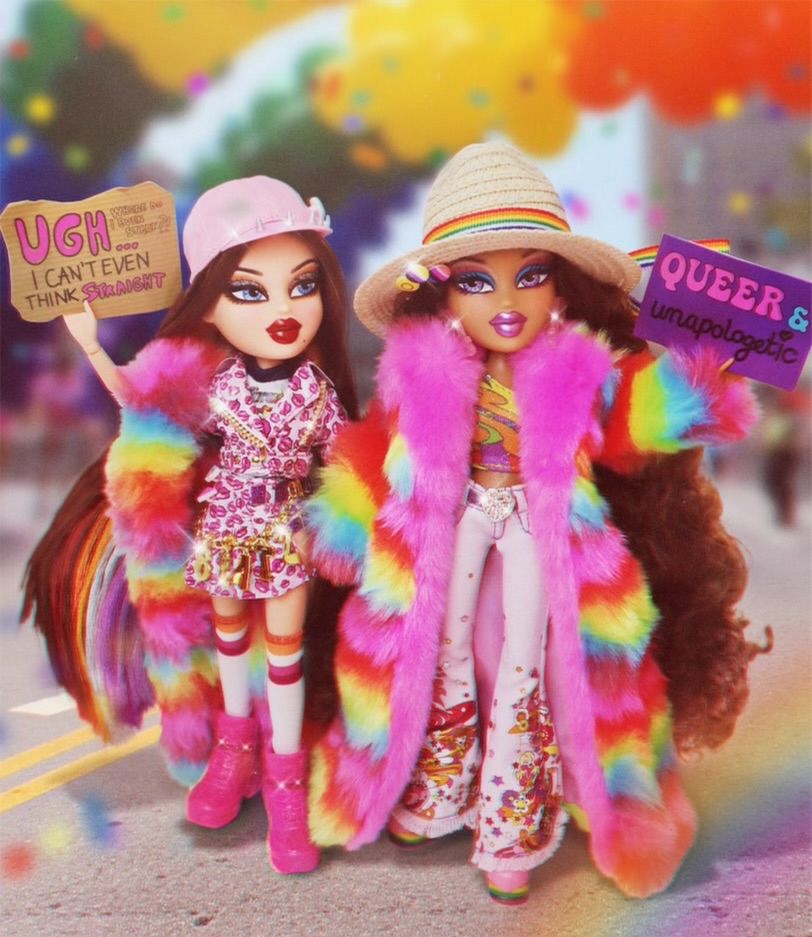
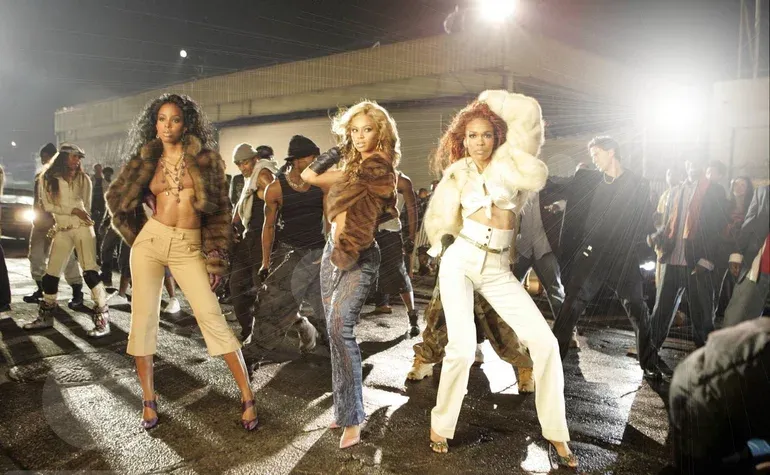
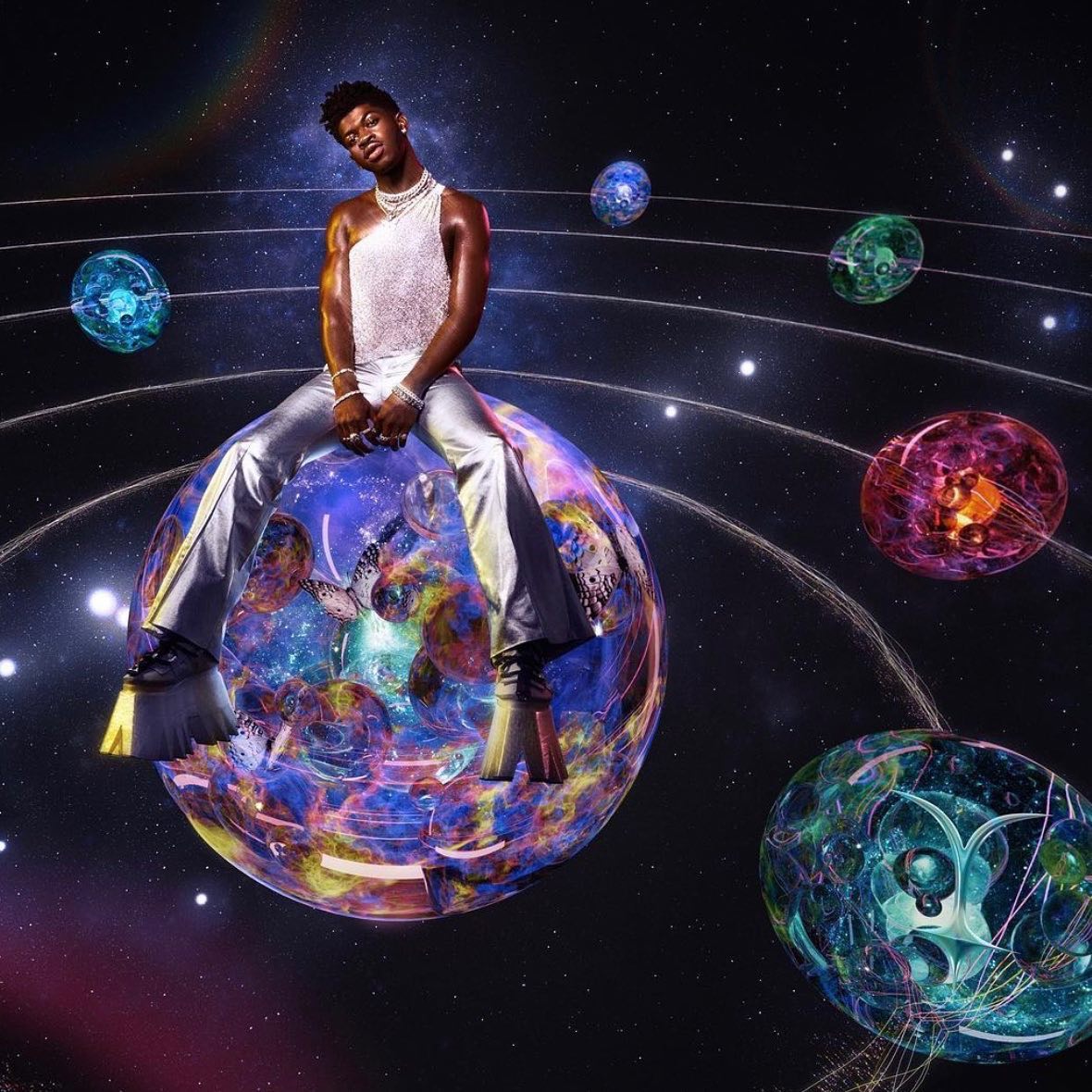
Many people are responding to the current times by connecting back to the roots of their Y2K culture. We lean into nostalgia for comfort as well as inspiration. Creatives are seeking ways to make experimental, fun designs that brighten up the present day and push the boundaries of modern designs. The motifs of the Y2K movement pop up again and again as we search for the language that helps us evolve to express our authentic selves.
Tired of the uniformity and choreographed nature of social media and the web today, artists are also especially drawn to the old-web culture and the elements of Y2K aesthetic that helped to create it. To express themselves more authentically, creatives have been revisiting things they loved about the Y2K era and remixing them to form a new movement.
this is peak graphic design and nothing will change that for me pic.twitter.com/a75gy31YrT
— ✿ moepilled trangender tterrotistt (@0DM3NGRL) September 4, 2022
The fashion statements and web graphics of Y2K sent the message to us all back then, the same way that they do now– a focus on self-expression and creativity is prioritized above all else. It's okay or even encouraged, to be different. As new technologies challenged our preconceptions, we would adapt to them, use them and continue to dream up new ideas. No matter what disasters we all collectively faced, the future would still be unknown, and that was ok.
How are the Nostalgic Trends of Y2K Inspiring Us Now, and What Does that mean for the Future?
It's no wonder that in the present time we are still able to find inspiration from Y2K aesthetics and unlock a whole new level of self-expression.
Y2K is coming back with a fierceness, and evolving into something new. Creatives are collaborating with iconic brands from the past, and artists are making fanart of shows that are 20+ years old and renewing interest in them with a younger audience.
The Y2K aesthetic is resurging in the modern day and with it comes a whole host of creative ideas. We are finding comfort in familiar past themes and old technology, using them to help interpret the chaos of our world in a new way. The turbulence we now face mirrors the past, and embracing and incorporating Y2K elements into our works helps us look forward without fear. We have been here before.
A Future with No Limits
As the internet allows us to share information from the past, the universal nostalgia of previous generations continues to permeate our culture and open up the inspiration for new ideas and creative outlets.
Y2K aesthetics will be popular for a really long time, and it will be so interesting to watch how it continues to develop as creatives keep becoming inspired by trends of the past.
We are excited to see the endless possibilities this future has in store. Maybe we will be writing about 20s aesthetics come 2040 :)
If you believe in supporting small teams with an authentic message, consider creating a profile over at UnVale and checking out our Discord server! (≧▽≦)/

